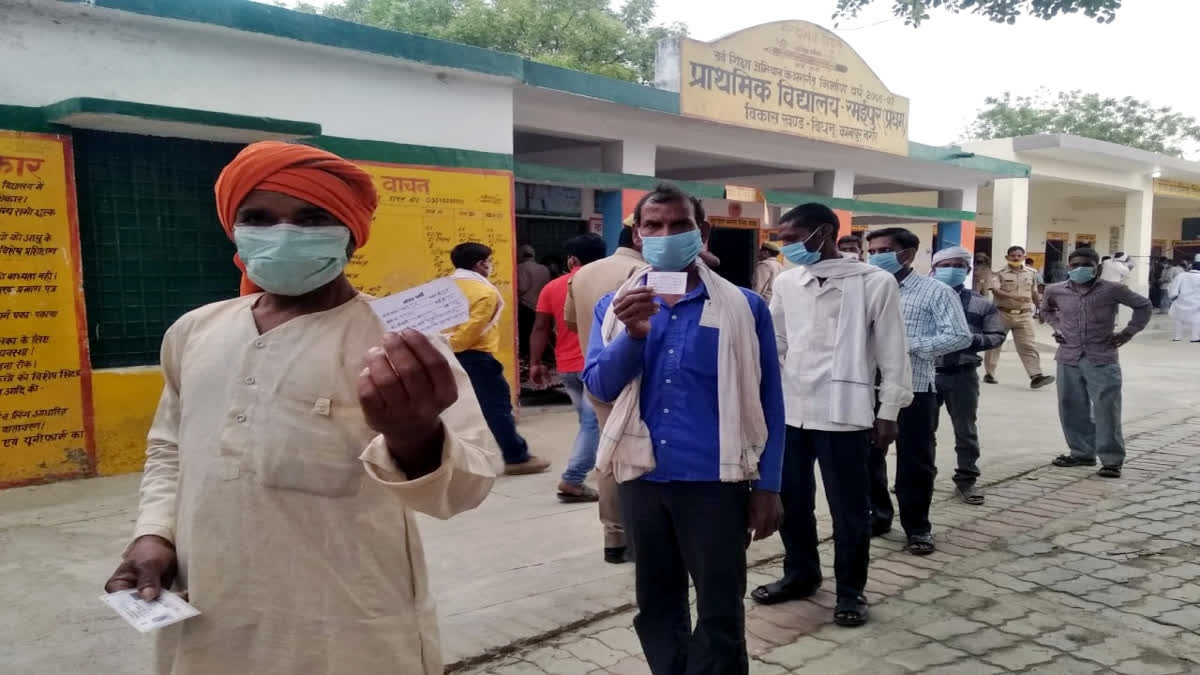Panchayat Raj Institutions (PRIs) are engaged in fulfilling the aspirations of India's rural societies. Rural local bodies play a vital role in translating the vision and developmental policies of both the Central and State governments into action. They are the most appropriate institutions for grassroots development. Lack of adequate own revenues and heavy reliance on grants from higher levels of government notwithstanding, there is a discernible upward shift in investment by PRIs within their efforts towards the development of rural India.
Even as grants-in-aid from the upper tiers of government have aimed at mitigating horizontal disparities, the large dependence on grants can affect their financial self-reliance, limiting their ability to decide on local spending and priorities independently.
As per the Central Ministry of Panchayat Raj report, there are 2.62 lakh PRIs in India, with 2.55 lakh Gram Panchayats, 6,707 Mandal/Block Panchayats and 665 Zilla Parishads as of the end of October 2023. The PRIs are entrusted with planning and implementing various essential services and developmental activities in rural areas.
Because of the above factors, PRIs must be self-reliant and financially strong. In 1992, the 73rd Amendment’ introduced a significant change, specifying 29 subjects for which Panchayats were entrusted with the responsibility of devising and executing plans aimed at fostering local economic development and social justice.
Article 243-H of the Constitution empowers Panchayats to impose, collect, and allocate taxes, duties, tolls, and fees. The decisions regarding taxes to be decentralized to local governments are, however, mainly at the discretion of state legislatures. Due to minimal own source of revenue, the Panchayats primarily rely on fiscal transfers provided by state governments through shared taxes and grants. The primary income of the PRIs very limited and insufficient to sustain the Panchayats without financial aid from the state governments, as highlighted in the Balwant Rai Committee report of 1957.
Article 243-I of the Constitution stipulates the establishment of a State Finance Commission every five years to assess the financial status of Panchayats and propose a framework for sharing taxes between the state and Panchayats. The formation of these SFCs has, however, not been consistent across different States.
The initial SFC was to be constituted within one year of the Constitution Act in 1992. While the setting up of the sixth SFC was scheduled for all the states in 2019-20, its constitution has not been uniform and timely across states. According to the Ministry of Panchayat Raj report, only nine states have constituted their 6th SFC by 2022.
The composition of the divisible pool of resources for determining the vertical devolution of funds between the state and the local governments has varied across states and commissions. Some SFCs have recommended grants as a portion of their tax revenues of the state, while others have devolved a share of their revenues to the local bodies.
Additionally, some SFCs have recommended devolution based on the state's local revenue, including the state's share in Central transfers. National Institute of Public Finance and Policy, 2018 report revealed that, the average annual per capita SFC grants to local bodies for all the states taken together increased from Rs.599 during 2010-14 to 1,180 during 2015-19.
Bihar, Sikkim, Haryana, Assam, Kerala, Uttarakhand, and Himachal Pradesh accounted for the highest increase in SFC grants. For the 2015-19 period, Odisha, West Bengal and Mizoram had the lowest average annual per capita SFC devolutions while they were above the national average for Kerala and Karnataka. Fortunately, successive Central Finance Commissions (CFCs) have recommended a consistent increase in grants to PRIs from Rs.4,381 crore by the 10th CFC to Rs. 2.37 lakh crore by the 15th CFC. However, PRIs depend upon state and central grants for their survival.
For the development of rural India, PRIs need to continue their efforts to augment their tax and non-tax revenue resources and improve their drive to establish independent revenue streams. Overall, given the pivotal role of PRIs in local governance and rural development in India, it is imperative to empower local elected representatives and functionaries by providing them with ample and diverse funding sources, promoting greater decentralization, implementing capacity-building programs and upgrading infrastructure.
Central and state governments must allocate huge funds to the PRIs as per the needy and distribute them on time. All the SFCs should conduct in-depth and scientific analysis to improve the allocation of state grants to the PRIs. All the states should have discussions with all the stakeholders concerned and establish a new taxation system accordingly.
It is crucial to address the legal complexities surrounding land ownership for residential purposes by conducting surveys like the SWAMITVA scheme for accuracy. Optimising the management of both tax and non-tax revenues could substantially elevate the quality of services rendered by these institutions.
These proactive steps have the potential to significantly enhance grassroots-level infrastructure and governance. PRIs also must work on improving their Own Source of Revenue, through the establishment of solar electrical parks in government lands, the creation of waste management centres, food processing centres, etc., as per local needs with new business models. When PRIs empowered financially, provide better service to the rural people and may achieve Gram Swarajya.
(Disclaimer: The opinions expressed in this article are those of the writer. The facts and opinions expressed here do not reflect the views of ETV Bharat_



